Shenzen, China-headquartered information and communications technology (ICT) infrastructure major Huawei has announced the launch of its next-generation flash-based OceanStor Pacific mass storage series.
The refreshed series delivers efficient, cost-effective, and reliable services for artificial intelligence, high-performance computing, videos, and other mass data scenarios. It claims to achieve new architectural, service, and performance boundaries, by leveraging multi-protocol interworking, next-generation elastic EC algorithm, and a series of dedicated hardware. The solution targets telecom carriers, among other industries including finance and manufacturing.
From telecom carriers’ point of view, the refresh for the OceanStor Pacific mass storage series could address their growing high-density storage needs in view of the surge in video and other data-intensive content on their networks.
The upgraded flash-based storage system has been designed in view of meeting the new-age mass data storage needs of enterprises. It enables them to collect, store, and process different types of structured as well as unstructured data. Key application examples are structured data from core services and mass unstructured data from 5G, IoT, and ultra-high density (UHD). Enterprises use AI technologies to analyze and process the massive amounts of data to convert data into knowledge and services, improving production efficiency.
Peter Zhou, President of Huawei Data Storage and Intelligent Vision Product Line, said, “Mass data will play an increasingly important role in enterprise digital transformation. Today, only 2% of global data is stored, and only 10% of the data is being mined for further value. Enterprises are facing insufficient capacity, data silos, and complex management when dealing with mass data. Our OceanStor Pacific Series is designed to answer these pain points, setting a new benchmark for efficient, economical, everlasting mass data storage, and helping us become the trusted choice for mass data.”
The Chinese technology multinational released its first generation of file storage in 2009 and has continuously invested in mass data storage ever since. Huawei says OceanStor storage has been deployed in more than 150 countries for more than 12,000 customers in a variety of sectors, including carriers, finance, government, energy, healthcare, manufacturing, and transportation.




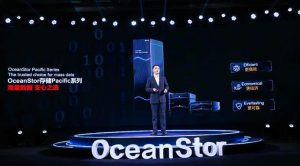

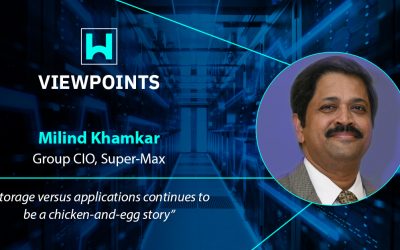
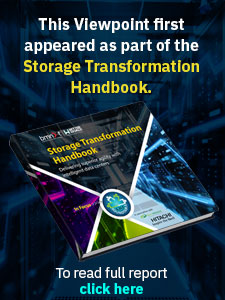
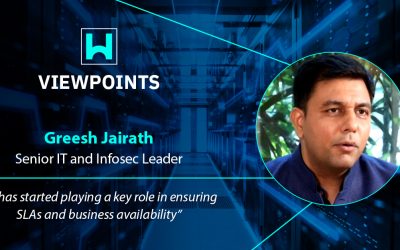

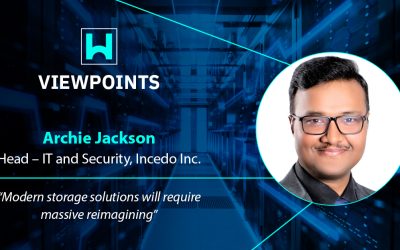
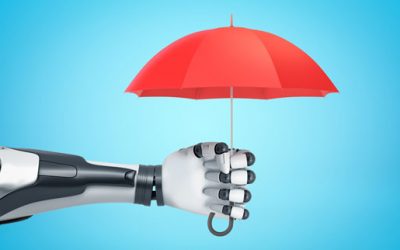
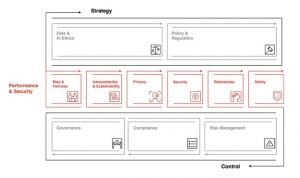
0 Comments